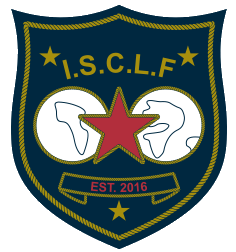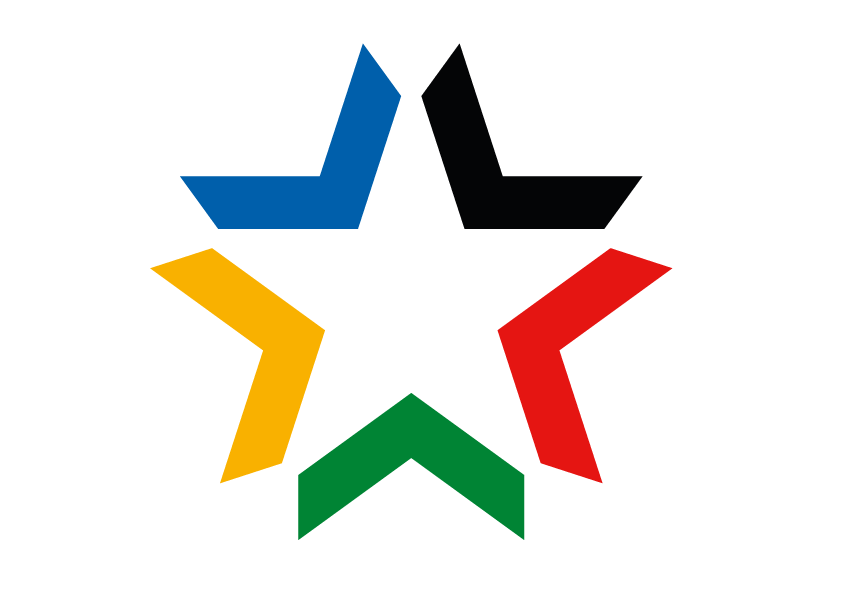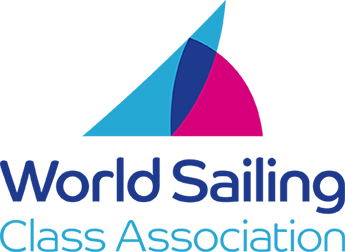LOWELL NORTH LOOKS BACK
(Starlights, April, 1982)
Members of the Star Class are or ought to be interested in the reminiscences of the only person who has ever won the World's Championship four times, one of the world's best known skippers and sailmakers, Lowell North. Star sailors on the North mailing list will recognize that the following remarks are excerpts from an article that Lowell taped in an interview for his company magazine.
The first sailing that I did was in a dinghy that we had for a powerboat. We had moved to Los Angeles from Stockton, my dad had a 36 foot powerboat, and we had a dinghy about the size of a Sabot. I built a mast for the boat and put a keel on it that weighed about a 100 pounds ... sort of an iron type keel ... and made a sail for it. The World's worst sail, I'm sure ... the boat would barely sail upwind, it was a real struggle.
Then I did some sailing in some rental boats in Newport Beach, basically learned how to sail that way. The first sailboat that we owned was a Penn‑Yan dinghy, which I think was about twelve feet long, that my dad bought for the family. There was no class of Penn‑Yans so we didn't race the boat, but I got started sailing in Newport Beach with that boat.
Later, my dad was transferred to San Diego. The family liked Newport Beach better, but my dad said that we had to move. He investigated which sailboats were racing in San Diego, and found that Stars were active, and bought one ... mainly to help us adjust to the move. The rest of the family went along, really not liking the move. My dad crewed for me on the Star and we raced in the San Diego fleet. At this point I was 14 years old and now I am 51, so you can calculate what year that was. We got last place for the entire summer. I think maybe we beat a couple of boats at the tail end of the fleet towards the end of the summer. It was a pretty competitive fleet, it was fun and I learned the Starboat really was too much of a boat for my experience level ... but it was a good teacher. In those days we had cotton sails and you had to learn how to break in the sail ... the boat we bought had a fairly crummy old sail, so I started learning about what makes sails fast.
I went to San Diego State for two years and then the University of California at Berkeley for the last two years. I majored in structural engineering, actually civil engineering with a structural option. After leaving school I worked for Ryan Aircraft for two years doing stress analysis and pre‑design before going to work for Narmco, a small company that was eventually bought out by Whittaker.
When I had been married for some time, I realized that if I wanted to do something on my own, I'd better do it now or never. I had an idea for a sail for a Star which I thought might be a bit better than what was in existence, so l quit the job first and made the sail second, went to the Mid‑Winter Championships in Los Angeles with the sail and won the regatta. The sail was a little different, in that it had elastic in the luff and foot instead of a bolt rope. We had a cunningham in the luff and also a Cunningham in the foot so that when we went off the wind we had a much more powerful sail. In this particular regatta we had a lot of reaching and running and that enabled us to win.
Shortly thereafter, they decided that cunninghams were illegal both in the luff and foot, so for quite a while Starboat sails could have no Cunningham. In reality it turned out that the sail really wasn't fast enough upwind to make it a good all‑purpose sail. We really didn't learn that at the time, because of the fact that we won, and the rule change made it a moot point. Anyway, at that point I had no choice but to go into the sailmaking business. And since it couldn't be profitable enough so that we could eat, I started a consulting engineering business and Kay kept her job working for a lawyer.
The first sail that I made was sewn together by Martha Baker who had a small sail loft and flag shop above the Marine Exchange building in Point Loma. Then, after the successful regatta, I hired Paul Murrel who had been working for Herb Sinoffer (actually Herb had just fired him at that point) and so Paul Murrel agreed to come to work for me and after that I made him a partner and gave him 10% of the sail company.... I can't remember whether he paid anything for it; I think since we really didn't have any assets I just gave him 10% of the company as an incentive to help me do a good job. At that point he was working all day and I worked a few hours in the evening and really Paul knew how to make sails and I didn't. Actually I had learned to win races in the Starboat early on by taking a sail apart and putting it back together until it was a little faster, and this is really the way we won races.
Sails were really bad in those days, and it was not too hard to make a sail slightly better. In those days I really thought I knew what a fast sail should look like. I had preconceived ideas of what shape was fast, and this was really a detriment. It took me about five years to learn that I hadn't the least idea what a sail should look like, or what was fast. After I figured that out, then we made a lot of advances in sail design and did a lot better. In that first year of sailmaking my wife, Kay, did the bookkeeping, Paul Murrel ran the business and we hired one seamstress named Daisy. (She worked for me for ten years.) It was about six months until we hired our second seamstress ... that seamstress was Georgia Knapp, and she worked for me for 15 years after that.
I would say that the most important skill that has helped me to make our company a success would be that of picking the right people the people that are managing our sail lofts. These people are highly skilled, highly motivated, and they would not be happy working under one roof. You couldn't put Eckart Wagner, John Marshall, Iain Macdonald‑Smith, John Bertrand, Hans Fogh, Dave Miller, Tom Blackaller, Andre Nelis, Chuck Miller, Tom Schnackenberg, Lowell North and all the others in one loft and have it come out anything but chaotic. But being in separate locations, they have enough autonomy to enjoy their work, to enjoy their freedom, to create their own success and to help each other make the whole company grow and prosper.
In the beginning my only business desire was to make the fastest sails in the world ... basically do the best job and be the best sailmaker. I think we have achieved that goal now, and so we have a new goal: making the company expand so there will be opportunities for our younger people to use their talent and earn enough money so that they will be interested in staying with the company. This isn't really my cup of tea, so John Marshall has taken over as President and is overseeing this growth.
What has helped me win? I would say that mostly it was the desire to win. I think I worked harder than the other guys to win because I wanted to win more and was willing to be more thorough about it. For instance, take the first World's Championship I won (Jim Hill again was crewing, the same fellow that crewed when we lost in Chicago). We were sailing in Havana, Cuba and it was a very close series. At the end of the series, in the last race, it boiled down to who would win between Paul Elvstrom (who was crewing for Debarge), Joe Duplin, and Jim Hill and I.
The main reason we won was that we went out an hour early, before the race, and measured the current. We did this every day. Every day the current had been going the same direction. All of a sudden the current was 180 degrees opposite in direction, and a knot in strength. The other competitors just didn't realize this, and they overstood the weather mark on the first weather leg by about a half mile. So we won the series easily.

Lowell North and Peter Barrett, Gold Medal winners, round the windward mark in the lead at Acapulco
You ask what victories mean the most? That's easy. The Olympic gold that Peter Barrett and I won in Acapulco was easily the most thrilling, the most exciting. We had put the most in to win that regatta. Peter called the tactics and particularly in one race I was fairly sick and I could hardly do anything. I could barely sit up, I think after the race I collapsed in the bilge and really Peter had to do everything in that race and Peter called the shots in that series and it was simply a lot of fun and a great satisfaction.





